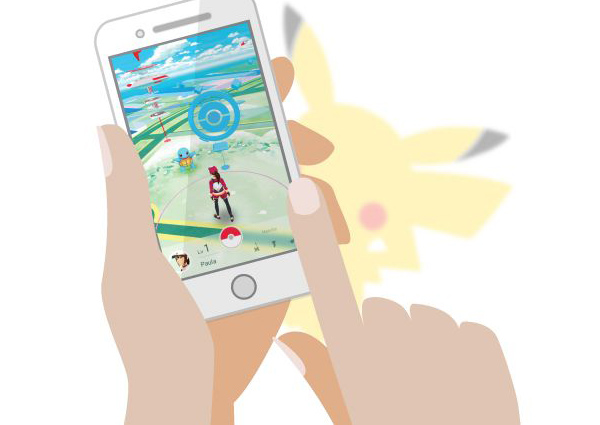As the Pokemon Go phenomenon sweeps the globe, we eagerly await the game-changing app to be made available in Singapore. We arm you with a beginner’s guide to becoming a Pokemon Master
PICK YOUR STARTERS
Your first step to becoming a Pokemon Master is to pick your starter Pokemon. You are given three options, the grass-type Bulbasaur, fire-type Charmander and water-type Squirtle – each with its own appeal. Series mascot Pikachu is also available as a starter through a secret method.

FINDING POKÉMON
Finding Pokemon is a walk in the park – sometimes literally. Simply walk around your neighbourhood with the app open, and different types of Pokemon will appear at different locations. For example, water-type Pokemon will appear more frequently around bodies of water – such as a reservoir.
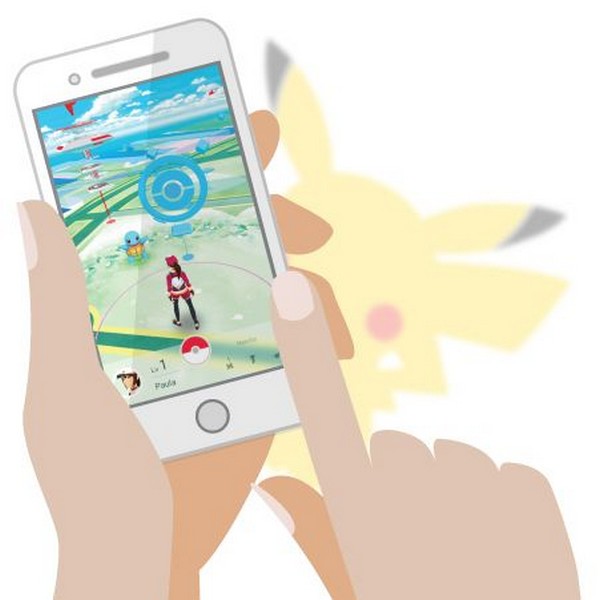
CATCHING POKÉMON
Once you find the Pokemon of your liking, it’s time to catch it. Click on the Pokemon and a capture screen will appear. All you have to do is ‘flick’ the Poke Ball at it. Aim and precision matters. Sometimes it takes more than a few Poke Balls for a successful capture.
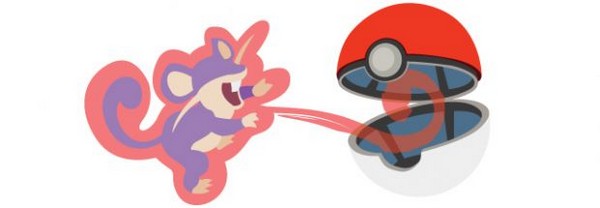
STOPPING BY POKÉSTOPS
Besides finding Pokemon on the map, you will see many markers which are usually located at areas of interest. By checking in to these PokeStops, you will be rewarded with items such as Poke Balls, Potions, and even Pokemon Eggs. PokeStops refresh every five to 10 minutes.
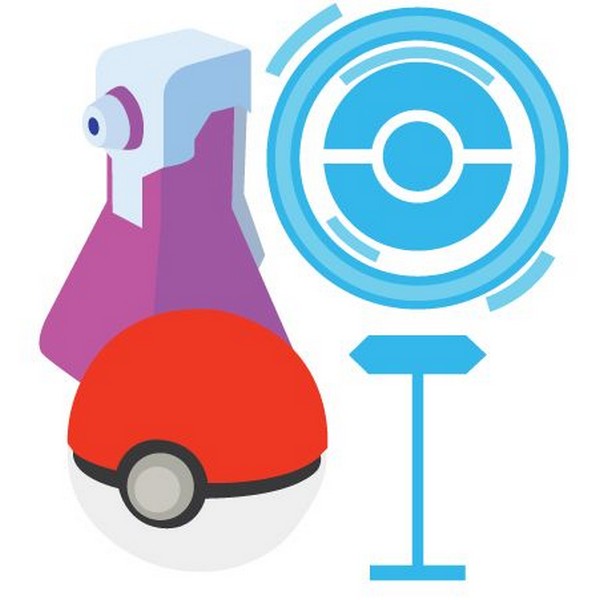
PLEDGING ALLEGIANCE
When you reach Level Five , you can pledge allegiance to one of three teams – Team Instinct (yellow), Team Mystic (blue) and Team Valour (red). This is the team that you will represent in gym battles, so make the decision count.
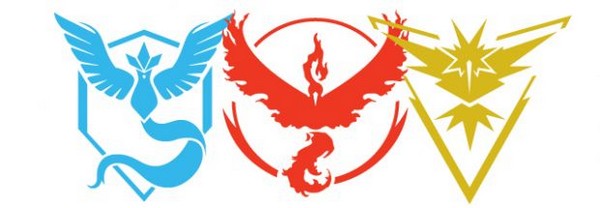
BATTLING GYMS
Pokemon Gyms are located at random locations. Gyms are team-based and you can challenge gyms belonging to any opposing team. Gym battles consist of one-on-one battles until the gym runs out of defending Pokemons. Once defeated, your team will take over the gym as the defenders.
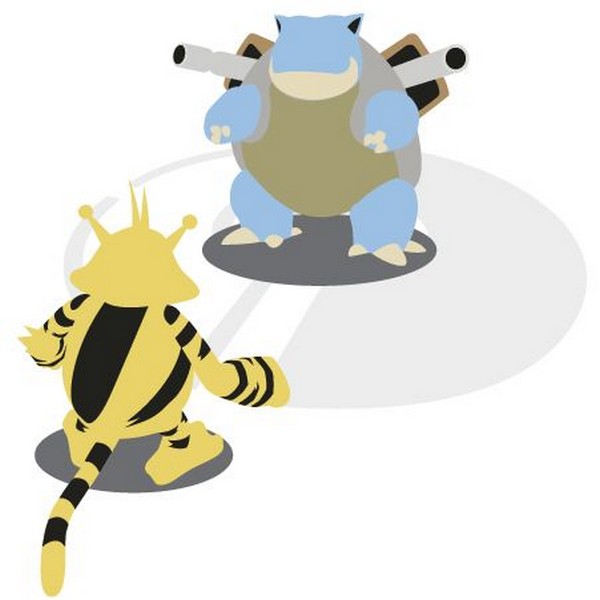
EVOLVING POKÉMON
Some Pokemon have three stages of evolution. You will receive three candies each time you catch a particular species. For example, if you catch a Pikachu, you get three Pikachu candies. The number of candies required for each Pokemon’s evolution is different. For example, Pikachu requires 50 Pikachu candies to evolve into Raichu. A Squirtle requires 25 Squirtle candies to evolve into Wartortle and a further 100 candies to evolve into Blastoise.
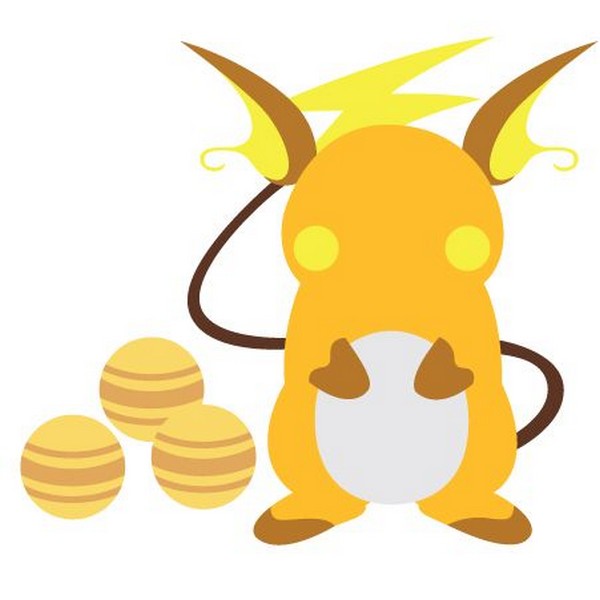
POKÉMON TRAINER
The Pokemon trainer is your avatar in the game. The gender, outfit and accessories are customisable.
POKÉ BALL
The main Pokemon capturing device used in the game. There are also other versions of Poke Balls, such as the Great Ball and Ultra Ball with higher catch rates.
CHARMANDER
The fire lizard Pokemon is a fan favourite. Standing on two feet with a small flame on its tail, Charmander attacks by spewing small flames from its mouth. It evolves into Charmeleon and finally into Charizard.
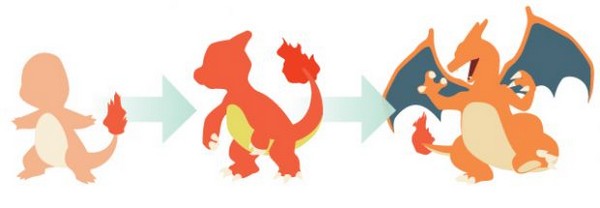
SQUIRTLE
This water Pokemon is a turtle-like bipedal which shoots jets of water. When threatened, it will hide in its hard shell. It evolves into Wartortle and finally into Blastoise.

BULBASAUR
This bulb Pokemon is listed as 001 in the Pokedex. As it grows, so does the bulb on its back, eventually blooming when it evolves into Ivysaur and later on, Venusaur.

PIKACHU
The electric mouse Pokemon is the series mascot, and arguably the most recognisable Pokemon. The red circles on its cheeks are pouches that store electricity. Pikachu evolves into Raichu.
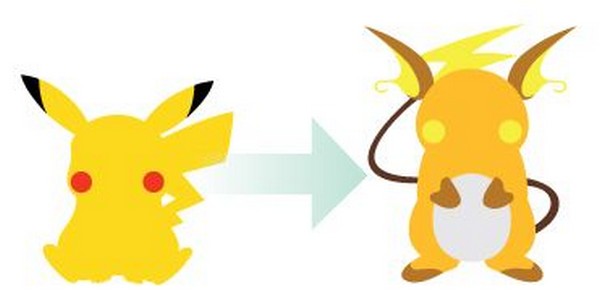
POKÉ FACTS
• This year is Pokemon’s 20th anniversary . The games Pokemon Red and Pokemon Green were launched in 1996.
• Pokemon is a contraction of the term Pocket Monster. It was created by Satoshi Tajiri and was based on his childhood interest in insect collecting.
• There are a total of 722 Pokemons in the main series’ games. Only the 151 first generation Pokemon are available in Pokemon Go at the moment.
• There are a total of six generations of Pokemon game franchise. The seventh generation of games, titled Pokemon Sun and Pokemon Moon, are set to be released in November.
THE MAN BEHIND THE MONSTER HIT
John Hanke, 49, seems to have a habit of breaking the Internet.
As chief executive of Niantic, his current server-abuser is Pokemon Go, jointly-developed with Nintendo.
Before the location-based pocket monsters phenomenon, he was responsible for Google Earth.
In 2005, Hanke oversaw the development and execution of Google Earth, Google Maps and Google Street View.
He had been with the search giant for more than a decade after the acquisition of his previous company, Keyhole – which specialised in geospatial data visualisation applications.
At Google, Hanke started Niantic Labs to explore the overlap between mobile apps and location-based entertainment.
In 2011, Niantic launched Ingress, a storydriven, augmented reality multiplayer game that required players to interact at physical locations around the world.
This could be seen as the egg that evolved into Pokemon Go.
The concept for Pokemon Go was truly sparked with the 2014 April Fool’s collaboration between Nintendo and Google – Pokemon Challenge.
Google Maps users could find various Pokemon around the globe from the comfort of their homes.
The response was so great that soon after, Hanke struck a deal with Nintendo to take the concept to the next level.
For this, Hanke’s motivation was for an app to get people out of their homes to interact more with others and do more exercise.
With 75 million downloads to date in 38 countries, it looks like a case of mission accomplished.
Pokemon Go is being called the biggest mobile game in US history.

This article was first published on July 29, 2016.
Get The New Paper for more stories.
